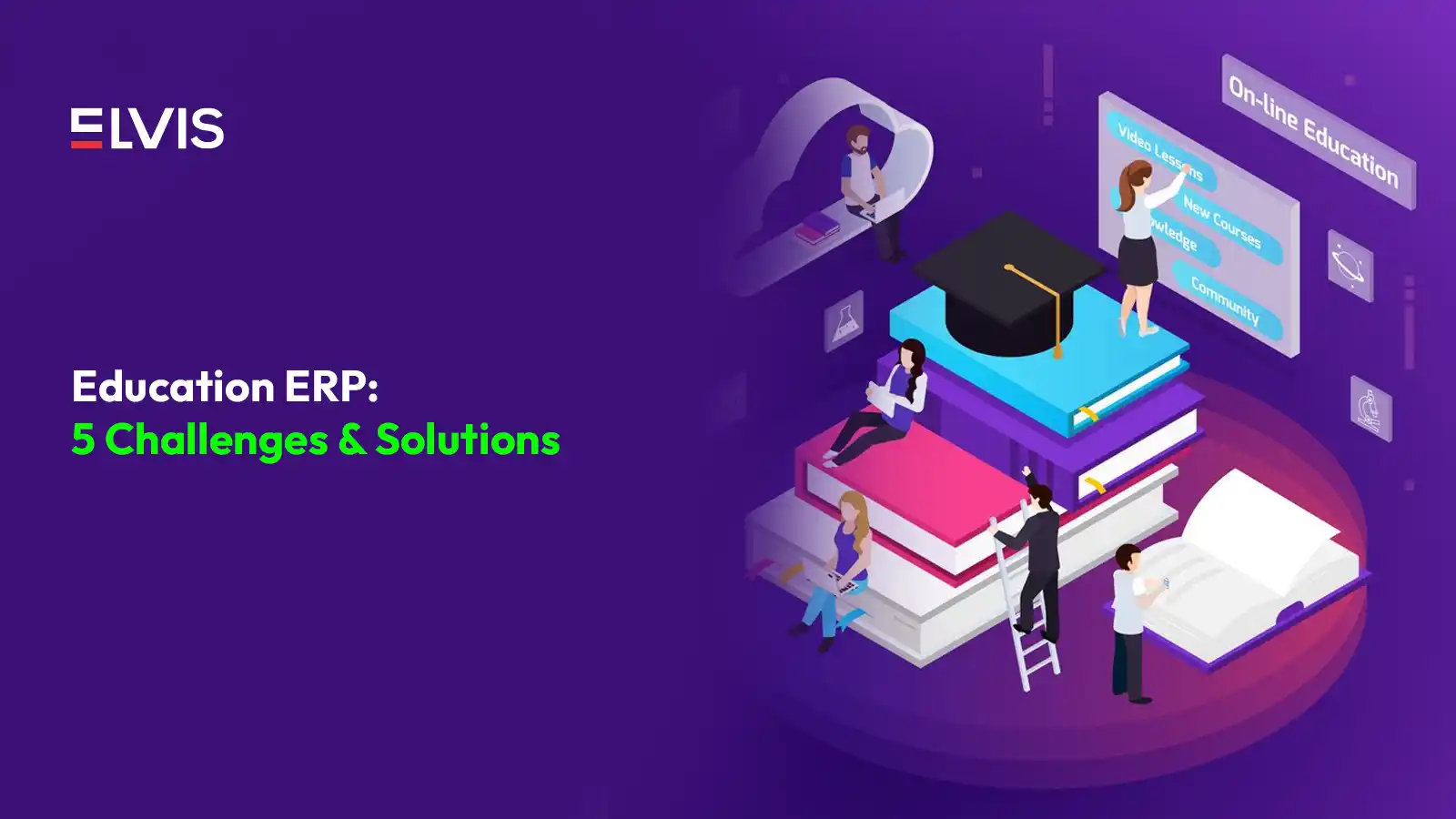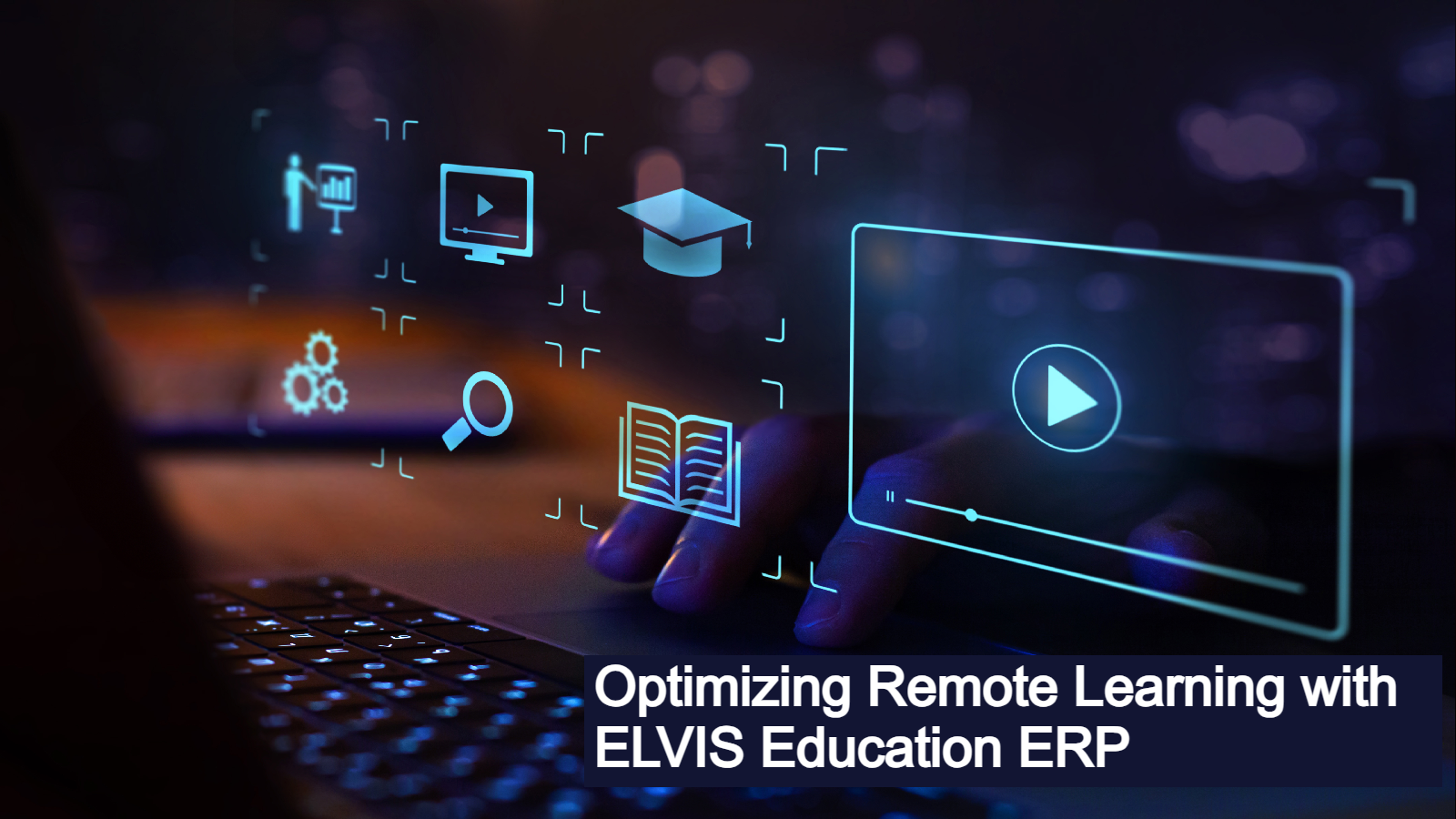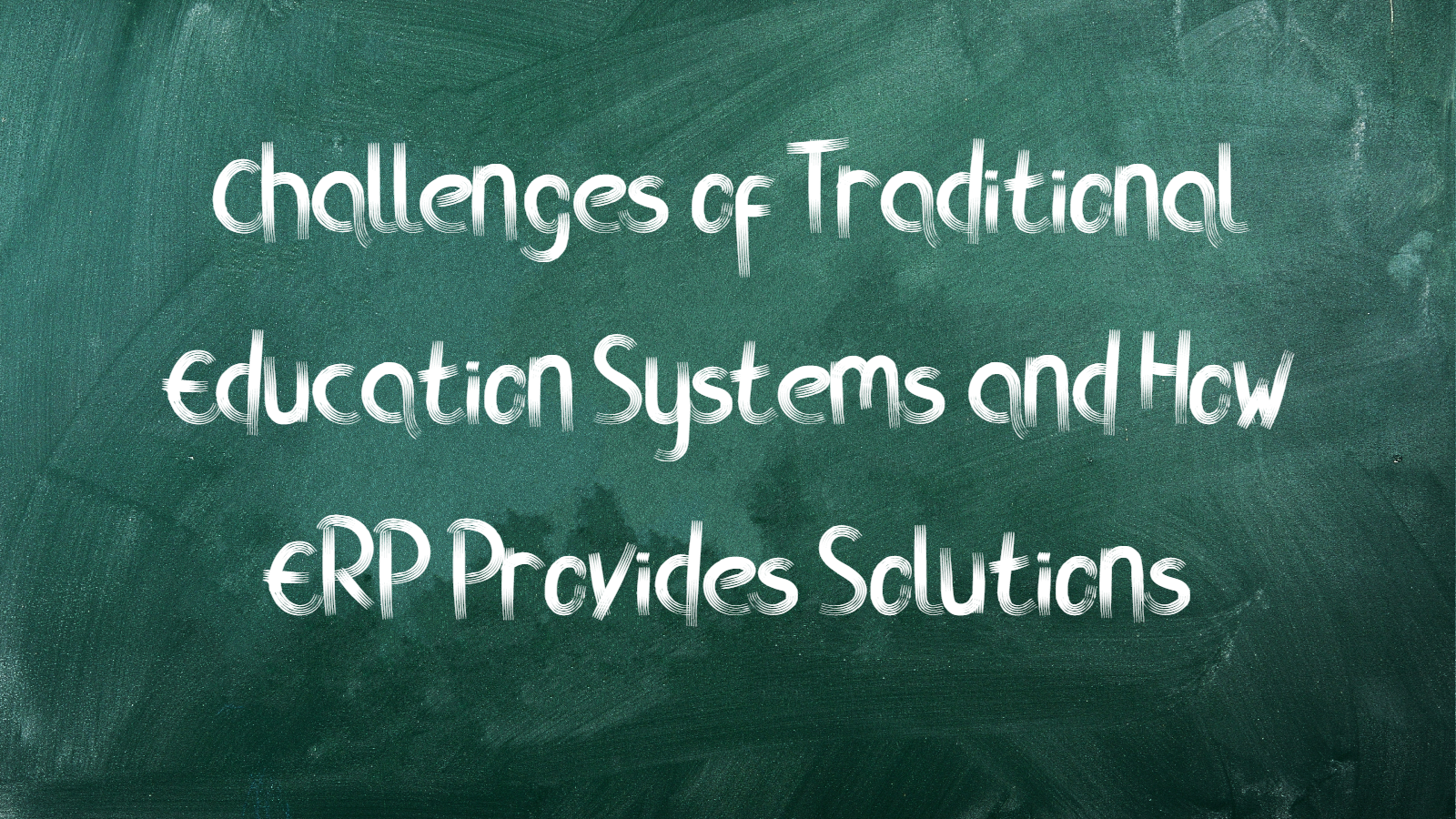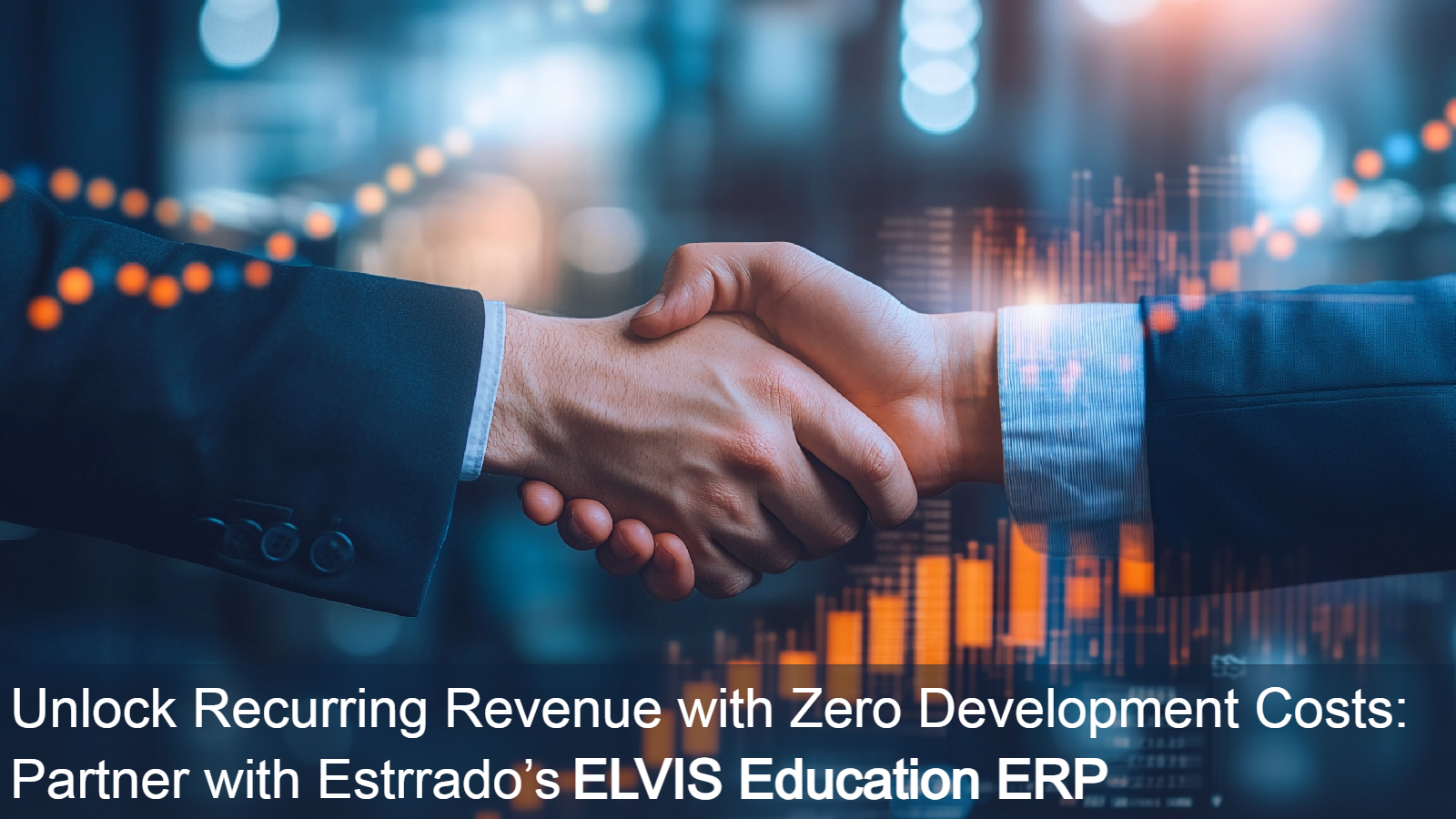Introduction
In today’s world, educational institutions are adopting automation and data management through Education Resource Planning (ERP) systems. These platforms offer a centralized place for managing everything from admissions and grades to finances and communication.
But implementing an ERP system isn’t without its challenges. Here, we explore 5 common challenges schools face and how to overcome them:
Challenge 1: Data Security Concerns
Schools handle various sensitive data – student records, financial information, and staff details. A security breach can have devastating consequences.
Solution: Choose an ERP provider with robust cybersecurity measures. Look for features like encryption, access controls, and regular security audits. Consider measures like two-factor authentication and data anonymization for sensitive information.
Challenge 2: User Adoption and Resistance to Change
Shifting from paper-based systems to new software can be intimidating for staff familiar with traditional methods. Resistance to change can slow the system’s effectiveness.
Solution: Involve staff in the selection process and provide comprehensive training before launch. Address concerns and offer ongoing support to ensure a smooth transition. The system’s user-friendliness also plays a key role.
Challenge 3: Integration Issues with Existing Systems
ERP systems need to integrate seamlessly with existing software like learning management systems or accounting software. Data silos between disconnected systems can create a data management nightmare.
Solution: Ensure compatibility with existing software during the selection process. Look for providers offering open APIs (application programming interfaces) that facilitate smooth integration. Explore the possibility of phased implementation, integrating core functionalities first and then connecting to other systems gradually.
Challenge 4: Cost and Implementation Time
Education ERP systems can be a significant investment, and implementation can be time-consuming. Schools need to weigh the cost against the long-term benefits.
Solution: Carefully assess your needs and budget before selecting a system. Cloud-based solutions often offer flexible pricing models and faster deployment times compared to on-premise installations. Explore financing options or consider phased implementations to spread the cost over time.
Challenge 5: Lack of Customization
Educational institutions have diverse needs. A one-size-fits-all ERP might not cater to specific workflows or reporting requirements.
Solution: Look for ERP providers offering customization options or consider cloud-based solutions with built-in configuration tools. This allows schools to tailor the system to their unique needs.
Beyond the Challenges: Optimizing Your Education ERP
Once you’ve addressed these challenges and implemented your ERP system, consider these additional tips for optimizing its use:
- Regularly review and update data within the system to ensure accuracy and facilitate informed decision-making.
- Leverage built-in reporting features to gain insights into student performance, attendance trends, and resource allocation.
- Encourage open communication about the new system and its benefits for both staff and parents.
- Regularly evaluate the system’s effectiveness and identify areas for improvement through user feedback and data analysis.
Conclusion
By implementing an Education ERP system thoughtfully and overcoming these challenges, schools can create a more streamlined and efficient learning environment. This results in improved communication, better resource allocation, and ultimately, a more enriching educational experience for students and staff alike.
Frequently Asked Questions (FAQs)
- What are the benefits of using an Education ERP system?
Education ERPs offer numerous advantages, including:
- Improved efficiency: Streamlined workflows, automated tasks, and centralized data management save time and resources.
- Enhanced communication: Facilitates communication between teachers, parents, students, and administrators.
- Data-driven decision-making: Provides valuable insights through reports and analytics to improve educational practices.
- Increased transparency: Offers parents and students real-time access to grades, attendance records, and school announcements.
- Improved student performance: Allows for personalized learning plans and better tracking of student progress.
- Is cloud-based or on-premise ERP better for schools?
There’s no one-size-fits-all answer. Cloud-based solutions offer quicker deployment, lower upfront costs, and automatic updates. On-premise systems provide more control over data security and customization options but require higher initial investment and ongoing maintenance.
- How can we ensure data security within the ERP system?
Look for providers with robust security features like encryption, access controls, and regular security audits. Train staff on data security best practices and consider two-factor authentication for added protection.
- What is the typical implementation timeframe for an ERP system?
Implementation time varies depending on the system’s complexity, school size, and level of customization needed. Cloud-based solutions are generally faster to implement than on-premise systems.
- How much does an Education ERP system cost?
Costs vary based on features, number of users, and deployment model (cloud vs. on-premise). Carefully assess your needs and budget before selecting a system.
- What training is required for staff using the ERP system?
Comprehensive training is crucial for user adoption. Training programs should cater to different staff needs, from basic navigation to advanced functionalities.
- How can we encourage staff to embrace the new ERP system?
Involve staff in the selection process, address concerns transparently, and offer ongoing support. A user-friendly interface and clear communication about the system’s benefits will also promote positive adoption.








